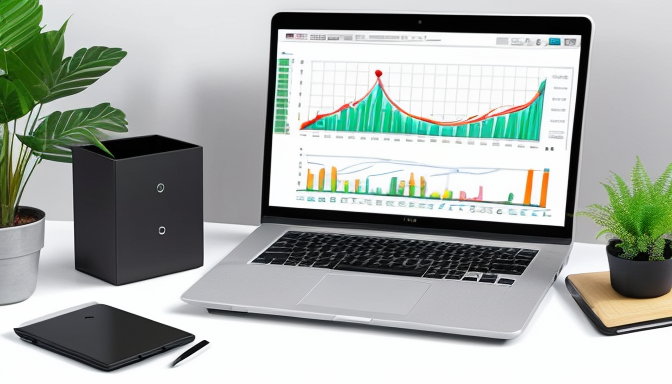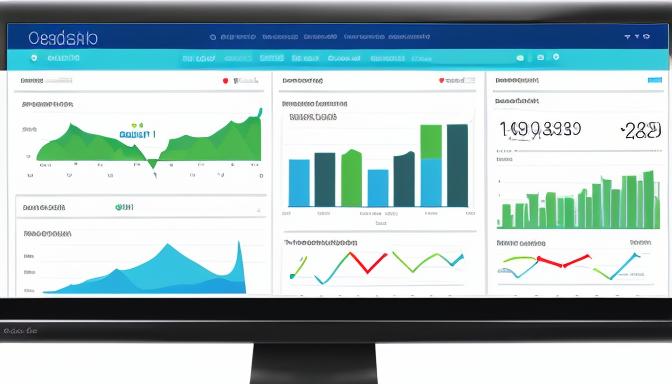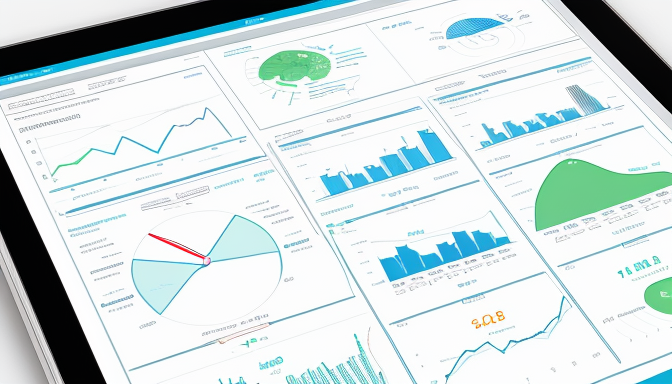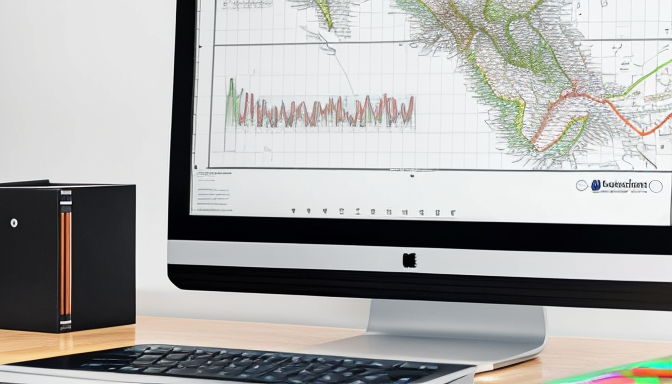
Monitor Maps Seo
Monitor Maps Performance, In today’s digital landscape, the ability to is more crucial than ever. Whether you’re a developer, a business owner, or just an enthusiast, understanding how well your maps are functioning can make a significant difference. You wouldn’t drive a car without checking the fuel gauge, right? The same logic applies here. By keeping an eye on performance, you can ensure a smooth experience for users.
So, what does it mean to ? It’s all about tracking key indicators that reveal how well your maps are doing. Think of it as your map’s health check-up. Are users finding the locations they need? Is the loading time acceptable? These questions are at the heart of performance monitoring. When you pay attention to these indicators, you’re not just collecting data; you’re gaining insights that can lead to improvements.
When we talk about monitoring maps performance, there are several essential metrics to consider. Here’s a quick rundown:
- Loading Time: How fast does your map load? Users often bounce if they wait too long.
- User Engagement: Are users interacting with the map? Look for clicks and zooms.
- Error Rates: Are there any glitches or failures? This can frustrate users.
By focusing on these metrics, you’ll be able to pinpoint areas that need attention. It’s like having a treasure map where the ‘X’ marks the spots that need improvement. But, it doesn’t stop there. You need to analyze these metrics regularly. Trends can emerge over time that might surprise you. For instance, maybe your map performs well during weekdays but struggles on weekends. Understanding these patterns can help you make informed decisions about enhancements.
In conclusion, to truly , you need to engage with the data. Regularly check those indicators and analyze the patterns. This way, you can create a better experience for your users. Remember, a well-functioning map is not just about aesthetics; it’s about usability and satisfaction. So, keep your maps in top shape, and watch how it enhances user experience!

Track Maps Performance Indicators
Understanding the essential performance indicators is crucial for assessing the effectiveness of maps. When we talk about maps performance, we’re really diving into how well these tools serve their purpose. Are they fast? Are they accurate? Do they provide a seamless user experience? These questions lead us to key metrics that help gauge performance.
First off, let’s consider load times. A map that takes ages to load can frustrate users. Imagine waiting for a map to appear while you’re trying to find your way to a new restaurant. Annoying, right? Keeping load times under 2 seconds is often a good target. A quick check can help you see if your map is meeting this standard.
Next, we have accuracy. It’s not just about speed; it’s about getting it right. If a map shows you’re in one place but you’re actually somewhere else, that’s a problem. Users rely on maps for directions, and any inaccuracies can lead to confusion. Monitoring user feedback is vital here. Are users reporting issues? If so, it’s time to dig deeper.
Another important indicator is user engagement. How are people interacting with your maps? Are they zooming in and out? Are they clicking for more information? Keeping track of these interactions can give you insights into what users find useful. For instance, if a lot of users are clicking on a specific landmark, that might indicate a need for more detailed information in that area.
To make it clearer, here’s a quick overview of the key performance indicators to track:
- Load times
- Accuracy of location data
- User engagement metrics
- Feedback and reviews
In summary, tracking maps performance indicators is not just about numbers; it’s about understanding the user experience. By focusing on load times, accuracy, and engagement, you can ensure that your maps are not just functional but also user-friendly. Remember, a well-performing map is a happy map, and a happy map leads to happy users. So, keep an eye on these indicators to make sure your maps are performing at their best!

Analyze Maps Performance Patterns
Understanding how to is like being a detective in a world of data. You want to uncover the hidden stories behind the numbers. Why? Because these stories can help you make better decisions. When you dive into the analysis, you’re not just looking at raw data; you’re seeking trends, anomalies, and opportunities for improvement. Think of it as piecing together a puzzle. Each piece of data adds to your overall picture.
So, what should you focus on while analyzing maps performance? Here are some key areas:
- Loading Times: How quickly do your maps load? A slow map can frustrate users and drive them away.
- User Interactions: Are users engaging with your map? Look at clicks, zoom levels, and panning behaviors.
- Error Rates: Are there any glitches? Tracking errors can help you fix issues before they become major problems.
By tracking these indicators, you can spot patterns over time. For instance, if you notice that loading times increase during peak hours, you might need to optimize your server capacity. Or, if users are not interacting with certain features, it could mean those features need a redesign. Patterns can also reveal seasonal trends. Perhaps your maps perform better in summer than winter. Understanding these trends can help you tailor your strategy.
Now, how do you actually analyze these patterns? Here are a few techniques that can help:
- Data Visualization: Use graphs and charts to visualize performance data. This makes it easier to spot trends.
- Heat Maps: These can show you where users are most active on your maps. It’s like shining a flashlight on the most popular areas.
- Comparative Analysis: Compare your current data with past performance. This helps you see if your changes are making a difference.
In the end, analyzing maps performance patterns is about being proactive. It’s not just about fixing problems; it’s about anticipating them. By regularly analyzing your maps, you can create a better user experience. You’re not just reacting to issues; you’re staying one step ahead. This approach can lead to higher user satisfaction and ultimately, greater success.
So, as you embark on this journey to , remember: each data point is a clue. Use them wisely to construct a map experience that truly resonates with your users. The goal is to make your maps not only functional but also enjoyable. And that’s where the magic happens.

Share Maps Performance Reports
When it comes to monitoring maps performance, sharing performance reports is a game changer. Why? Because it keeps everyone in the loop. Think about it: if you’re tracking how well your maps are doing, wouldn’t you want your team to know? Transparency is key. It builds trust and fosters collaboration. Plus, it helps in making informed decisions.
Effective communication of performance findings begins with clear and concise reports. These reports should highlight essential metrics such as load times, user engagement, and error rates. Imagine trying to fix a problem without knowing what the actual issue is. It’s like trying to find a needle in a haystack! By sharing comprehensive reports, stakeholders can quickly identify areas needing attention.
Here’s a quick breakdown of what to include in your maps performance reports:
- Overview of Key Metrics: Present the most important indicators that reflect the performance.
- Trends and Patterns: Show how performance has changed over time.
- Action Items: Suggest improvements based on the data.
Don’t forget to tailor your reports to your audience. For technical teams, dive deep into the nitty-gritty details. For stakeholders, keep it high-level. Everyone should walk away with a clear understanding of the maps’ performance and the steps needed for enhancement.
Additionally, consider utilizing visual aids such as charts and graphs. They can make complex data easier to digest. A well-placed graph can tell a story that words alone cannot. For instance, a line graph showing user engagement over time can quickly reveal trends that may need addressing.
Finally, don’t just stop at sharing reports. Engage your audience. Encourage feedback. Ask questions like, “What do you think about these trends?” or “How can we improve user experience based on this data?” This opens up a dialogue that can lead to innovative solutions.
In conclusion, sharing maps performance reports is not just a task; it’s an essential part of the process. By keeping everyone informed and involved, you enhance the overall effectiveness of your maps. Remember, the goal is to ensure optimal functionality and user experience. So, let’s keep those lines of communication open and make every report count!
Frequently Asked Questions
- What are the key performance indicators for monitoring maps?When it comes to monitoring maps, some essential performance indicators include load time, responsiveness, accuracy of data, and user engagement metrics. These indicators help you gauge how well your maps are functioning and how satisfied users are with their experience.
- How can I analyze performance patterns in my maps?Analyzing performance patterns involves looking at historical data to identify trends and anomalies. You can use analytical tools to track metrics over time, which helps in understanding user behavior and pinpointing areas that need improvement. Think of it like detective work; you’re piecing together clues to solve the mystery of user experience!
- Why is sharing performance reports important?Sharing performance reports is crucial because it promotes transparency and collaboration among stakeholders. When everyone is on the same page, it becomes easier to strategize and implement enhancements. It’s like a team huddle before the big game, ensuring everyone knows the plan and plays their part effectively.
- What tools can I use to monitor map performance?There are several tools available for monitoring map performance, including Google Analytics, Mapbox, and ArcGIS. These tools provide insightful data and analytics, making it easier to track performance indicators and optimize your maps for better user experience.
- How often should I review my map performance?Ideally, you should review your map performance regularly—think monthly or quarterly. This frequency allows you to stay on top of any issues and make timely adjustments. Regular check-ins can be the difference between a smooth user experience and a frustrating one!



